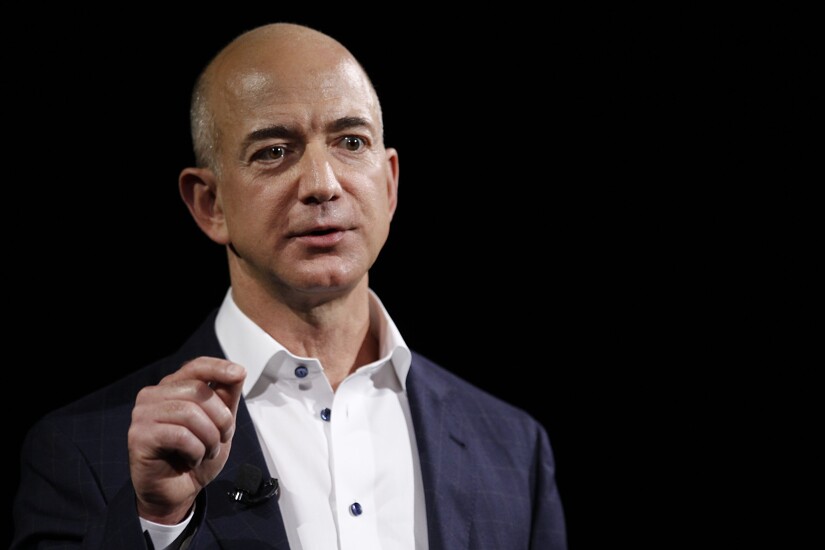
How Amazon is shaking up financial services
Not Amazon. The most feared company in America keeps finding new ways to eat into banks’ revenues, even though it is supposedly on the wrong side of the industry’s regulatory moat.
The e-commerce giant is already making small-business loans, finding ways to cut into banks’ swipe-fee revenue, and competing against prepaid card issuers.
And several recent developments suggest that Amazon has substantially broader ambitions. Checking accounts, small business credit cards and even mortgages all appear to be in the company’s sights.
While some banks stand to benefit from partnerships with Amazon, many more will have to reckon with the competitive threat that Jeff Bezos' company poses.
The larger of those two categories presents a big opportunity for the likes of Amazon, according to the report.
“With their superior customer experience, they can sell an ever-wider range of products to their loyal customers. The manufacturing end of many businesses is fading from view, as the platform companies increasingly dominate the distribution end of multiple businesses, providing a wide range of products and services from a single platform,” the report stated.
Here is a look at parts of the banking business where Amazon is either already competing or is reportedly considering a foray.

Small-business lending
Amazon said last June that it had originated $3 billion in loans, including $1 billion over the previous 12 months.
Amazon Lending is open only to companies that sell products through Amazon, which limits its competitive impact on the banking industry. But there are signs that Amazon would like to grow its footprint in small-business lending.
CNBC

Swipe fees
When customers take advantage of the offer,

Prepaid cards
Amazon Cash,
Unlike some of its competitors, Amazon Cash does not include a physical card, and it does not charge any fees to consumers.

Checking accounts
The Seattle company is reportedly in talks with JPMorgan Chase and Capital One Financial about creating a product similar to a checking account.
The
Also up for grabs are vast troves of customer data, upon which Amazon has built its formidable empire.

Small-business credit cards
For Amazon, a small-business credit card that offers rewards could provide a way to attract more of the large purchases that companies make on office supplies.
Amazon currently partners with both Chase and Synchrony Financial to offer credit cards to consumers.

Mortgage lending
Earlier this month, HousingWire reported that
If Amazon does start offering mortgages, it will join the ranks of nonbank lenders that, since the financial crisis, have taken significant market share away from banks. Nonbanks represented nearly half of all mortgage originations in 2016, up from around 20% nine years earlier.
Amazon could use mortgages as a way to develop even deeper relationships with millennials, many of whom are looking to purchase their first home.





